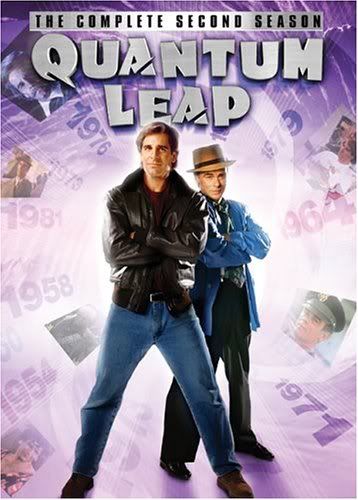 Ytterbium ions have been 'teleported' over a distance of a metre.MM_photo / Alamy
Ytterbium ions have been 'teleported' over a distance of a metre.MM_photo / AlamyResearchers have teleported a single ion of the element ytterbium over a metre in distance, shattering previous records. Photons have gone further but teleportation of matter has only occurred between ions in the same trap over a few micrometers.
Although still highly inefficient, their technique provides an important proof-of-principle for long-distance quantum teleportation and brings the era of quantum communication closer to reality. The work appears in the journal Science1.
The spandexed crew of Star Trek has used teleportation since the late 1960s, but physicists only figured out how to do it a little over a decade ago2. 'Quantum teleportation', as the non-Hollywood version is known, is transposing of the quantum state of one particle onto another.
“What you're moving is information, not the actual atoms.”
Chris Monroe
Joint Quantum Institute
"What you're moving is information, not the actual atoms," says Chris Monroe, from the Joint Quantum Institute at the University of Maryland in College Park and an author of the paper. But as two particles of the same type differ only in their quantum states, the transfer of quantum information is equivalent to moving the first particle to the location of the second.
Moving quantum information is much more difficult than moving classical data. 'Bits' of digital information are stored as ones or zeros, which can be read and transmitted with ease. A quantum bit, on the other hand, lives in a fuzzy state of one and zero simultaneously. Worse still, measuring that bit directly will destroy its fuzziness, so quantum teleportation requires researchers to move the data without reading them first.
Beam Yb+ up
The group conducted teleportation between two ions of ytterbium (Yb+): an original that held a unique quantum state, and a second 'blank' target ion. They stimulated both ions to release a photon that was quantum-mechanically correlated, or 'entangled', with its parent ion. These two photons were then captured by a fibreoptic cable, entangled together and used to entangle the original Yb+ ions.
With the two ions quantum mechanically linked, the next step was to destroy the original ion's quantum state by measuring it. That measurement instantaneously altered the state of the 'blank' ion and also told the team about it. Using that information, the team could perform one last tweak that put the blank in exactly the same quantum state as the original.
It might seem pretty abstract, but there's good reason to attempt such an experiment, Monroe says. In principle, researchers would like to one day build networks that can communicate quantum data over long distances. These networks could be used to send ultra-secure quantum codes, or to communicate between quantum computers. Atoms could be used as 'repeaters' in such a network, extending its range.
There's still a long way to go, says Paul Kwiat, a physicist at the University of Illinois at Urbana–Champaign. At the moment, the main problem is that the photons from the Yb+ ions only reach their fibre-optic cable once every 100 million tries – about once every ten minutes. "That's pretty sucky," Kwiat says.
"It is embarrassing," admits Monroe. It took three solid weeks of graduate students running the experiment around the clock to gather the necessary data for this paper. Still, when the photons did find their way into the cable, the success rate for the rest of the process was an impressive 90%.
Kwiat says that is exceptionally good for these kinds of delicate quantum operations, and that a lot could be done to herd photons into the cable. Overall, he says, "this is a great first demonstration".

